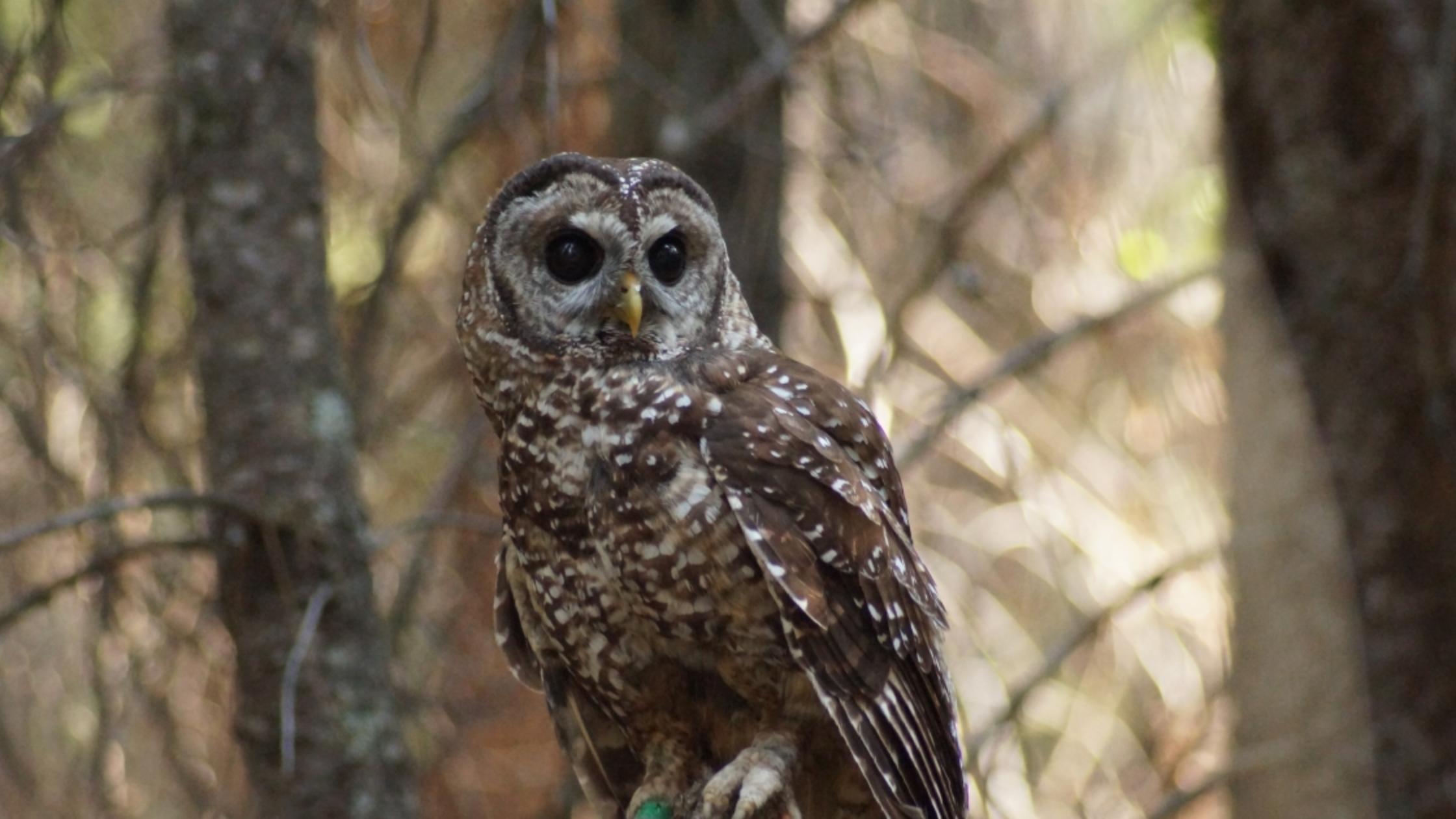FLA Weighs in on Spotted Owl Proposed Listing
The spotted owl may be spelling trouble for forest landowners once again.
In February, the U.S. Fish and Wildlife Service released a proposal to list two distinct population segments (DPSs) of the California spotted owl. In the proposal, the Coastal-Southern California DSP would be listed as endangered, and the Sierra Nevada DSP would be listed as threatened with a 4(d) rule.

This listing, like many others, was spurred by a lawsuit from environmental groups. These groups assert that the biggest threat to the owl is current logging practices, and that the Service must reconsider previous decisions to not list the owl. The resulting proposal from the Service includes several components that raise issues for forest landowners and could set a concerning precedent for future listings nationwide.
The California spotted owl (CSO) is one of three subspecies of spotted owl alongside the Mexican spotted owl and the subspecies most notorious to the timber industry, the Northern spotted owl. The Endangered Species Act (ESA) allows three classes of organisms for listing: species, subspecies, or distinct population segment. However, the ESA does not allow for classifications beneath these subcategories. Because the proposal lists DSPs of a spotted owl subspecies, the listing does not follow the statutory language of the ESA and is therefore unlawful. The listing is simply an attempt to break the subspecies into smaller segments so that it is easier to justify regulations. Although the Service may eventually determine that the CSO subspecies as a whole is eligible for protection under the ESA, it may also find – as it has on two previous occasions in 2006 and 2019 – that its listing is unwarranted.
The Fish and Wildlife Service is also tasked with determining if a 4(d) rule is “necessary and advisable” for a threatened species, as a threatened status alone does not grant species any specific protections under the Endangered Species Act. Because the proposed listing did not include specific conservation benefits that this rule would provide to the owl and did not weigh the negative impacts of the listing, such as economic impacts on private landowners, we do not believe that the rule meets the “necessary and advisable” standard.
We also encouraged the Service to consider several studies highlighted by the California Forestry Association and other forestry voices in the state that prove the vast benefits of forest management to the owl, including a study that shows CSO populations are stable or increasing on managed private lands while populations are decreasing on unmanaged public lands.
Lastly, we asked the Service that should the rule proceed, it includes broader exceptions to make the 4(d) rule more workable for private landowners. Strict regulations on forest operations are a disincentive for landowners to continue managing their land in a way that benefits the regulated species and although wildfire and tree mortality are listed as the primary threats to the owl, the 4(d) rule imposes strict limitations on the forest management that would help mitigate these threats. The rule as written would provide no meaningful conservation benefits for the CSO – in fact, it would likely be a detriment to the owl in the long-run.
Well-managed and productive private working forests are critical for healthy wildlife habitat across the nation, and we believe collaboration is key to reach the Service’s species recovery goals on private lands. The proposed rule for the CSO is neither collaborative nor written in legality and sound science. We hope that the Service will consider input from forestry professionals rather than the anti-logging narrative that has fueled this proposed listing.
